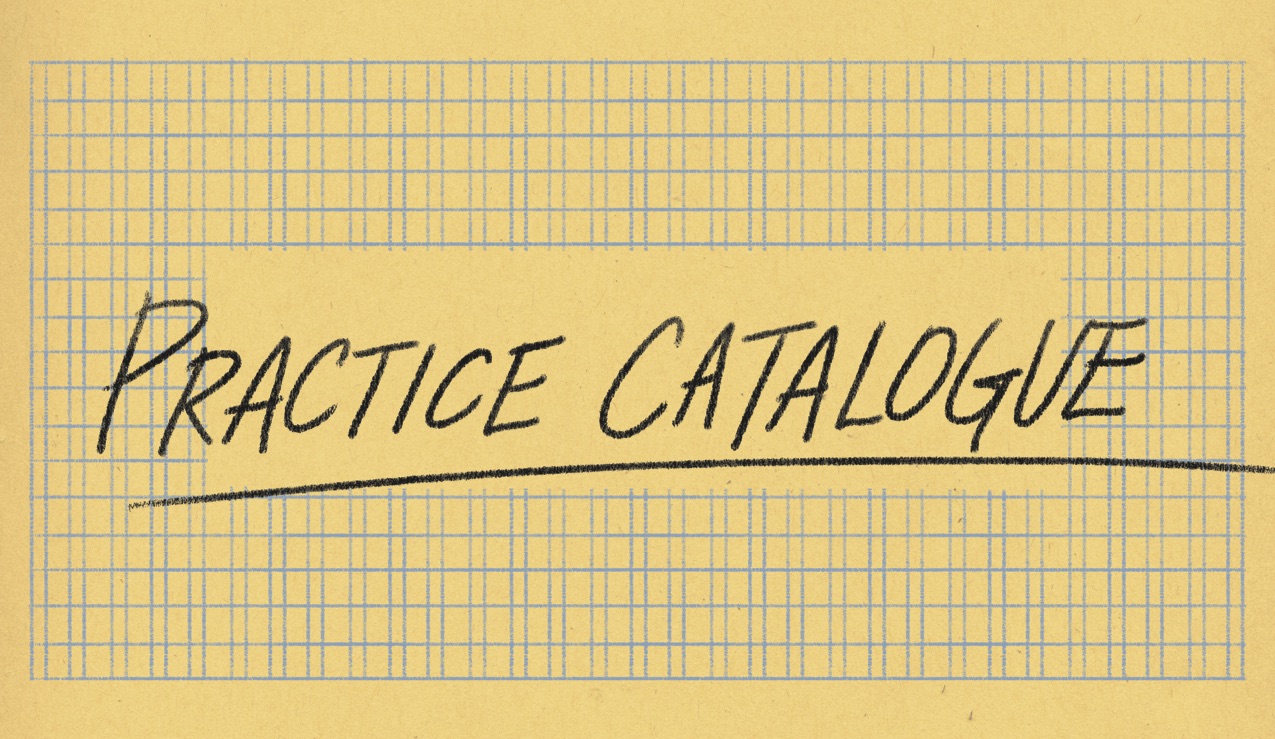On Sontag's Style
Unelaborated, non-pandering statement. Clarity instead of exegesis. No jargon or signaling of erudition apart from what does work, what pushes things forward. A language of suddenness, arrest; the feeling of thought quickening. A rapid synthesis of fields of thought and study––making the discriminations that matter and leaving the rest to the professionals, whose compromises she vowed would not snare her. Wayne Koestenbaum, in a memoriam, said it this way: “Sontag’s credo: move on. Leave the field untilled.” She “achieved her customary tone of passionate detachment by refusing academic thoroughness.” The less generous term for this approach was “popularizer.”
Sontag wrote that “authority, idiosyncrasy, velvetiness” make a star. These words might equally well define a famous prose. Of this descriptive triptych it’s “velvetiness,” naturally, that jams the gears; it’s the word the mind can’t easily assimilate to what it already knows. Sentences that call on the touch…
“The aesthete’s radicalism: to be multiple, to assume multiple identifications; to assume fully the privilege of the personal….The writer’s freedom…is, in part, flight.” What she wrote here about Barthes she no doubt hoped would apply to herself. To approach the history of art and ideas from an essentially dramatic perspective. Her postures are as compelling as her attainments, which is partly why she’s such an appealing model: it’s easier to try on a posture than attain an attainment.
To write by ambush, impulse, flight. To collect, assemble. Argument inlaid in rhythm. “Aphorism is aristocratic thinking: this is all the aristocrat is going to tell you.”
